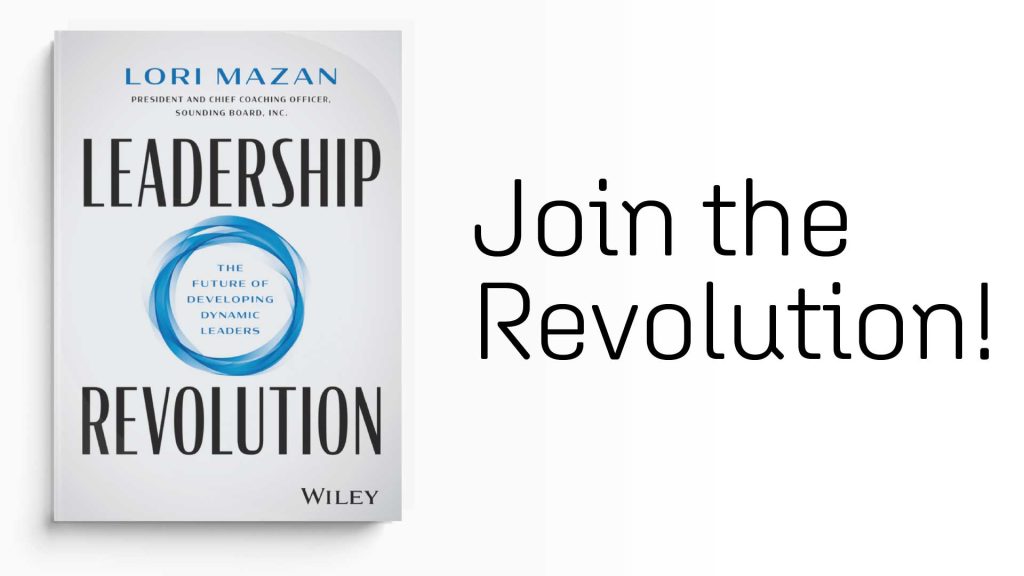A modern business must adapt to many changes — some expected, and some sudden. Of course, the most important resource any company has is its people; and when employees find it difficult to adapt to change, then the entire organization may suffer as a result. The question is: how can leadership help team members in successfully managing change?
This is where the Kubler-Ross Model of Change comes into the picture. This framework can provide leaders, coaches, and HR managers with valuable insight into their employees’ state of mind, and empower them to help team members navigate through any period of transition.
What is the Kubler-Ross Model of Change?
The Kubler-Ross Model of Change (or Change Curve) was formulated by Swiss-American psychiatrist Elisabeth Kubler-Ross in the 1960’s. Originally, she developed this model to show how terminally ill patients deal with their impending death. However, the principles encapsulated in the model were later modified to explain how people deal with loss, grief, and change. In fact, the Kubler-Ross Model is commonly referred to as the “Five Stages of Grief.”
Kubler-Ross later proposed that her model could actually serve as an accurate framework to understand how people deal with any dramatic situation that turns their life upside down. In the 1980’s, many corporate leaders began adapting the Kubler-Ross Model for the purpose of change management. Nowadays, it is used extensively throughout the corporate world by managers who want to help their employees effectively cope with changes in the workplace.
Why is the Kubler-Ross Model of Change Important?
Without exception, every business organization needs to periodically bring about changes to its policies, processes, strategies, and goals. However, without the full support of employees, these proposed changes often lead to a “dead end.” If employees continue to cling to the old way of doing things, then the investment of time, money, and resources that the company puts into a major change could go up in smoke.
Every organization needs buy-in from employees in order to successfully implement a major change. On the other hand, employees need to be supported in the process of making transitions or changes — and in many cases, managers need to be coached on how to provide effective support. The Kubler-Ross Change Curve is relevant to business leaders because it helps them to determine how best to support employees throughout each stage of the transition. The sooner team members accept and adapt to the changes, the sooner the organization as a whole can progress toward its goals.
How Does the Kubler-Ross Model of Change Work?
The Kubler-Ross Model of Change contains 5 distinct stages. Let’s discuss these stages one at a time, and see how managers can use their knowledge of each stage to support their employees.
Stage 1: Denial
Anytime someone hears bad news, the instinctive reaction is denial. “The news can’t be true; there must be a mistake!” Even when the news isn’t objectively “bad,” but deals with a major upcoming transition, employees will often initially respond with feelings of denial, whether they verbalize those feelings or not.
Armed with this knowledge, managers should tread carefully when informing team members of a major departmental or organizational change. For example, leaders should share a sufficient amount of information with their employees, but not go into unnecessary detail (which could increase employee stress levels).
Stage 2: Anger
When it’s beyond our power to change an undesirable situation, we often experience anger as a natural response. This anger usually springs from feelings of frustration and helplessness, especially when we feel that we’re being treated unfairly.
Employees may experience anger once they get past the initial shock of the news. Managers shouldn’t take it personally when employees display symptoms of anger, such as irritability, a disinclination to communicate, and even rudeness. At this stage, it’s vital that leadership remains calm, and communicates with clarity and logic to help guide employees through their negative feelings.
Stage 3: Bargaining
Once anger subsides, the next stage in the Kubler-Ross Model is bargaining. The affected individual wants to delay the change for as long as possible, or modify it in some way so that it won’t affect him or her to such a great extent. In the context of the workplace, employees may fight against the proposed change in subtle ways, or suggest modifications to the organizational plan as it currently stands.
Of course, managers should be flexible and listen to employee suggestions. In some cases, acting on feedback received can result in a more effective outcome for the company (or at least a better way to help employees adapt to the coming change). At the same time, leaders need to help employees understand the new expectations associated with the change, and coach them on how to fulfill those expectations moving forward.
Stage 4: Depression
This is the most difficult stage of the Kubler-Ross Model for individuals to deal with. During this stage, a person may feel an overwhelming sense of sadness, guilt, helplessness, and regret. Many people try to isolate themselves from others, and look for coping mechanisms that end up hurting rather than helping.
Managers need to understand that employees going through the depression stage need a lot of attention and empathy. Leaders should regularly check in with employees that are displaying symptoms of discouragement or low energy, and look for creative ways to engage them without overwhelming them.
Stage 5: Acceptance
The final stage of the Kubler-Ross Model of Change is acceptance. Once the individual has emerged from the shadow of depression, he or she is able to face the “new normal” head on, and move on with life. In a workplace setting, this is the stage when employees accept and embrace their new roles and responsibilities, and refocus on their work.
At this stage, managers can transition from a reactive role to a proactive one. They can focus on helping employees to improve their productivity in the context of their new roles, and look for ways to improve the new strategy based on continual feedback from their team.
Leadership Adoption
The Kubler-Ross Model of Change is an important concept for managers in the modern workplace to understand. Of course, understanding the concept is one thing — applying it in real-world situations is another. Leaders with strong soft skills such as communication, decision making and even empathy will be able to recognize and manage these emotions in their direct reports more easily.
In conclusion, the Kubler-Ross Model of Change is a powerful framework for helping team members deal with workplace changes. If your leadership team has a firm grasp on this model, and applies it in their daily interactions with employees, then your entire organization will benefit as a result.











